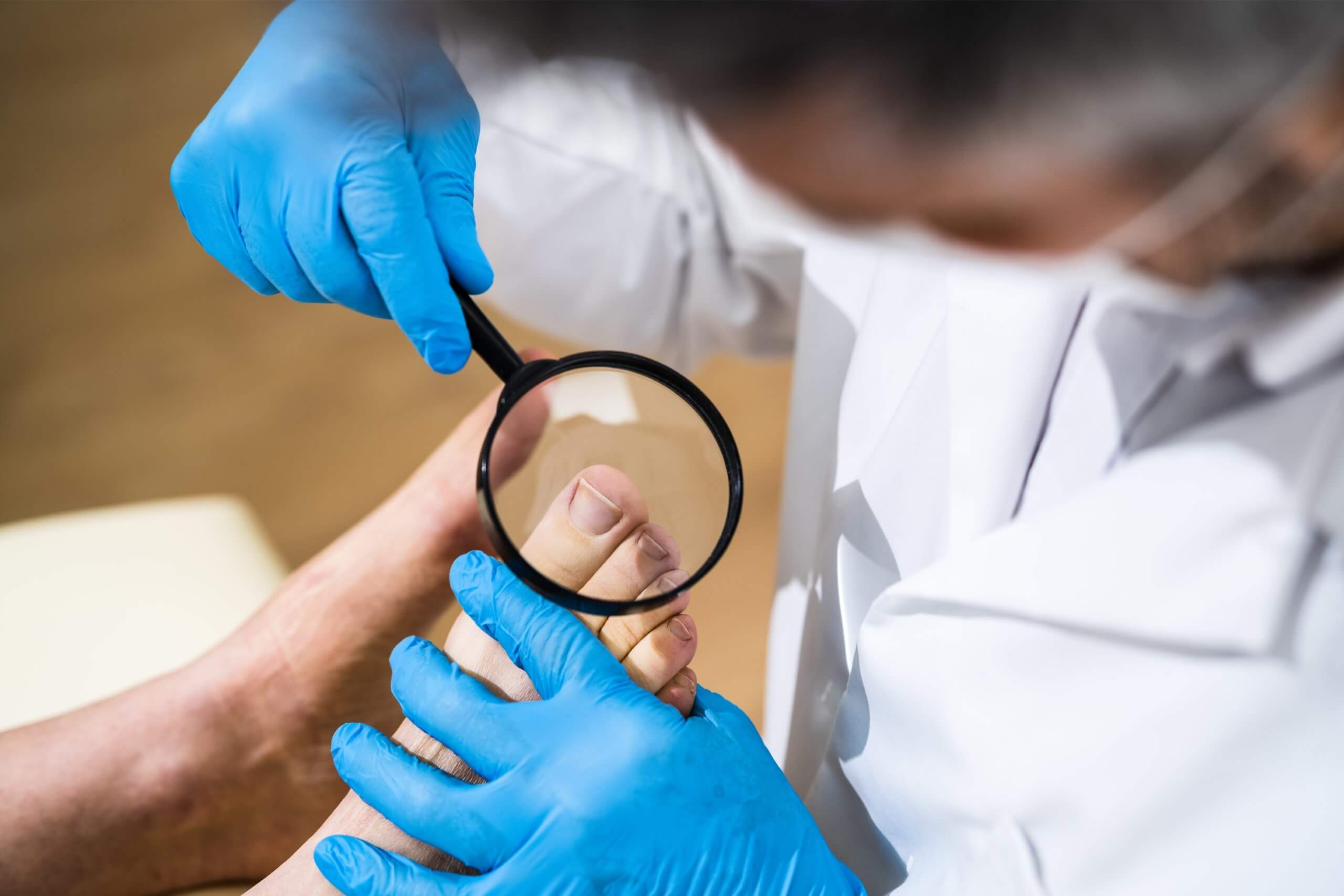How to Get Rid of Ingrown Toenails
It’s no surprise dealing with an ingrown toenail can be both uncomfortable and painful. This can be at times hard to deal with and treat, especially if you’re on your own and are not able to get the right ingrown toenail treatment in Pakenham or wherever you reside. To keep your feet happy, healthy and in good shape, it’s crucial to treat this condition in the nick of time.
But how can you get started? Or, what’s possibly the best way to get rid of ingrown toenails safely and without much discomfort? Here’s what you need to know.
What Exactly are Ingrown Toenails?
Ingrown toenails, a prevalent and often painful condition, occur when the nail’s edges dig into the surrounding skin. This can lead to redness, swelling, soreness, and potentially, infection.

Practicing proper foot hygiene is thus a fundamental step in preventing ingrown toenails and keeping your feet in top shape.
What Causes This Condition?
Ingrown toenails occur due to numerous reasons, resulting mainly from improper nail hygiene and care.
Trimming or cutting nails incorrectly is one popular reason. Clipping your nails too short or rounding them off at the edges is said to make your nails to grow into the skin.
Wearing ill-fitting shoes, or those that are overly tight (ones with narrow toe boxes) compress the toes and promote ingrown toenails. Genetics also play a role. Some individuals are naturally more prone to developing ingrown toenails due to their genetic makeup.
Meeting an accident is another reason why you may develop ingrown toenails. Accidents, such as stubbing your toe or heavy objects falling on your foot, can affect nail growth patterns, resulting in the condition.
Mistreatment like tearing or picking at nail edges rather than cutting them properly also lead to ingrown toenails. Now that you know about ingrown toenails and what causes them, let’s understand some treatment options.
How to Treat an Ingrown Toenail?
Tackling an ingrown toenail requires a blend of home remedies and, for even more severe cases, immediate ingrown toenail treatment in Pakenham.
To get started you can try soaking your foot, or feet, in the water regularly. Do this in warm, soapy water for 15-20 minutes to lessen swelling and relieve pain. Adding Epsom salts can enhance this effect.
After soaking, gently lift the nail’s edge from the skin. Insert a small piece of cotton or dental floss underneath to encourage correct growth. Proceed with caution to avoid additional harm.
You can also apply an over-the-counter antibiotic ointment to ward off infection, covering the area with a bandage afterward.
It’s recommended that you opt for open-toed or loose shoes to minimize pressure on the affected nail. If the pain gets worse, you can also use over the counter pain relievers to control pain as necessary. This can minimise pain to a certain extent and make you feel better for the time being.
Seek Professional Care When You Need It
While home remedies are good for relieving pain for a time being, they provide temporary relief and don’t alleviate the pain in the long run.
Conditions like diabetes could also hamper your foot’s blood circulation and complicate healing, thus heightening the risk of infection. In such cases it’s always better to seek professional medical treatment at your nearest podiatrist for a prompt solution.
At Pakenham Medical Clinic, the clinicians and podiatrists are here to guide you through your ingrown toenail treatment in Pakenham, so you don’t have to. We have a comfortable clinical setting so you can expect total comfort for your procedure.
Don’t let ingrown toenails disrupt your life; contact us today to schedule your consultation and take the first step toward relief.


